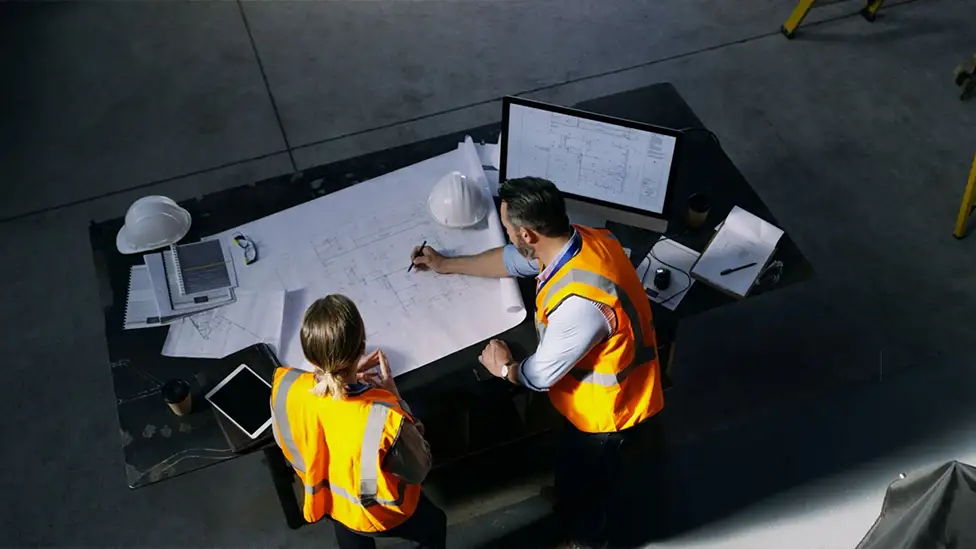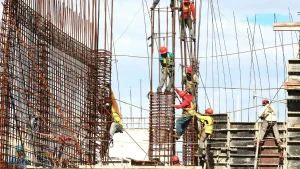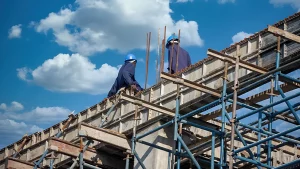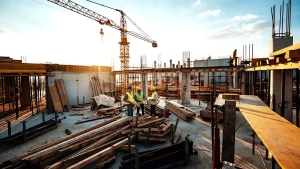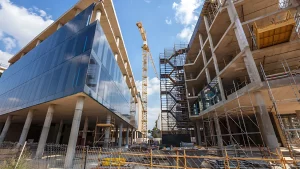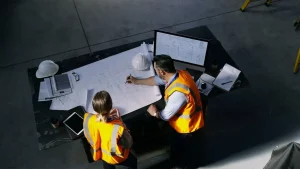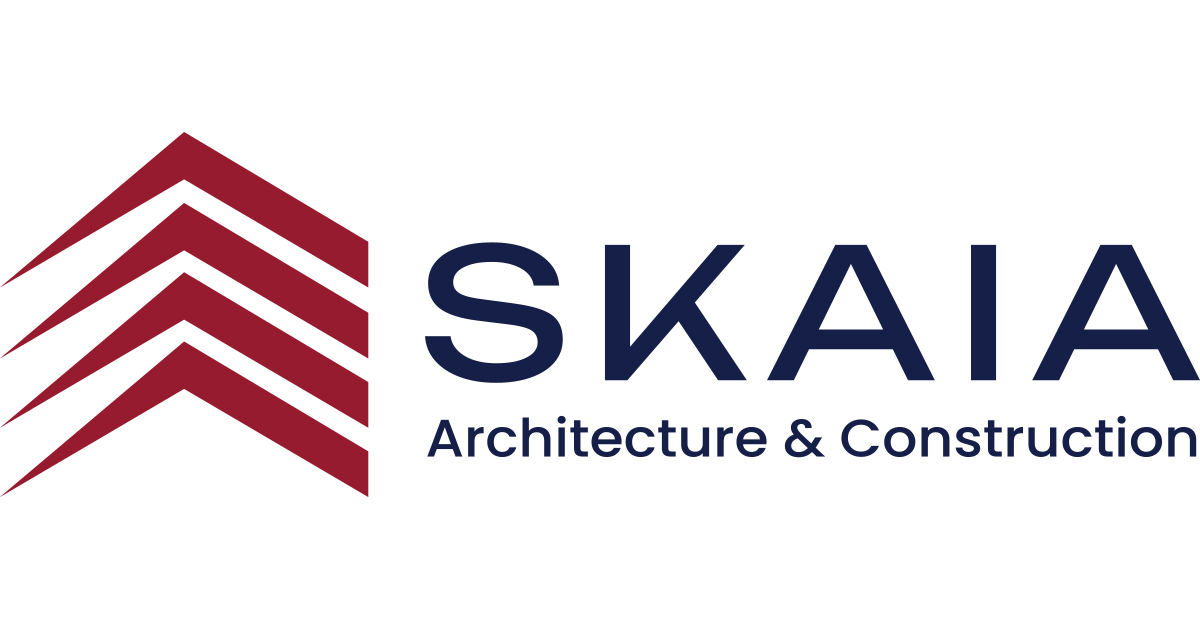Construction Technology Management is not just a buzzword; it’s the driving force behind the modernization of the construction industry. This integration of technology is reshaping how projects are conceptualized, planned, executed, and delivered, promising a future of efficiency, accuracy, and sustainability.
From Traditional to Technological: The Evolution of Construction
Historically, construction was a hands-on, labour-intensive industry. Blueprints were hand-drawn, communication was face-to-face, and errors, while costly, were often accepted as part of the process. However, as technology began to permeate every sector, construction too started its journey of transformation.
The Age of Manual Labor
In the past, construction sites were bustling with workers, each skilled in a specific task. From bricklayers to carpenters, every individual played a crucial role in bringing a structure to life. While this manual approach had its merits, it was also fraught with challenges. Delays due to human error, miscommunication, and the sheer physicality of the work often led to project overruns and increased costs.
The Dawn of Digitalization
The late 20th century saw the advent of computers, and with it, the seeds of digital transformation were sown in the construction industry. Software programs replaced hand-drawn blueprints, and communication shifted from face-to-face meetings to emails and video conferences. This digital shift marked the beginning of a new era in construction, setting the stage for the technological advancements that would follow.
The Digital Revolution in Construction
The infusion of technology into construction practices has led to a paradigm shift in how projects are approached and executed.
Digital Design and Collaboration
Gone are the days of poring over paper blueprints. Today, tools like AutoCAD and Revit allow for intricate digital designs. Building Information Modeling (BIM) takes it a step further, offering 3D visualizations that can be shared across teams, ensuring everyone from architects to engineers is on the same page. This digital collaboration reduces errors, saves time, and ensures a more cohesive construction process. Source
Drones: A Game-Changer for Site Inspections
Drones are revolutionizing the way site inspections are conducted. With the ability to capture high-resolution images and videos, drones provide a comprehensive view of construction sites. This not only aids in progress monitoring but also helps in identifying potential hazards, ensuring worker safety, and maintaining project timelines. Source
Sustainable Construction: A Necessity, Not a Choice
With the growing emphasis on sustainability, Construction Technology Management is playing a pivotal role in promoting eco-friendly building practices. Advanced software can predict a building’s future energy consumption, ensuring that structures are energy-efficient from the get-go. Moreover, technology-driven sourcing ensures that materials are sustainably procured, reducing the environmental impact of construction. Source
The Tangible Benefits of Construction Technology Management
Efficiency Like Never Before
With real-time collaboration tools, automated machinery, and digital blueprints, projects are being completed faster and more efficiently. This not only reduces costs but also ensures that projects are delivered on time, every time.
Precision in Every Project
The integration of technology ensures unparalleled precision in every construction project. From laser-guided tools to advanced software, errors are minimized, ensuring that structures are not only aesthetically pleasing but also structurally sound.
Safety First
With wearable tech embedded with sensors, advanced machinery with built-in safety protocols, and drone monitoring sites, construction sites today are safer than ever before. Worker safety is no longer an afterthought; it’s a priority.
The Road Ahead: What the Future Holds
The future of construction, with Construction Technology Management at its helm, looks promising. As technologies continue to evolve, we can expect even more streamlined processes, further cost reductions, and structures that stand the test of time.
Conclusion
Construction Technology Management is setting the stage for a new era in construction. An era where efficiency, precision, and sustainability are not just goals but standards. As the industry continues to embrace these technological advancements, it’s clear that the future of construction is bright.


